While many of us can identify hot flashes and mood swings as common menopause symptoms, joint pain is not one that immediately springs to mind — even for doctors. A recent study showed that only 12% of residents correctly identified joint pain as a symptom associated with menopause.
But painful joints are a symptom experienced by many people during this phase of life. Joint pain is experienced by more than half of women around the time of menopause.
What causes joint pain?
There are various causes of joint pain, including many types of injuries and health conditions. Arthritis is one major cause of joint pain, especially as we age. And it's pretty common among females, ages 40-65 — 27% report having arthritis.*
Arthritis is inflammation of the joint structures, particularly cartilage. Cartilage protects a joint and allows it to move smoothly. It also helps absorb shock when pressure is placed on the joint, like while walking. As the normal amount of cartilage wears down, the bones under the cartilage can become damaged and rub together. This rubbing together contributes to pain, swelling, and stiffness.
Osteoarthritis (OA) is the most common form of arthritis, especially for females over 50. The most common areas of the body affected are the hands, lower back, neck, and weight-bearing joints like the knees, hips, and feet. Joint pain comes with its own set of symptoms including:
- Swelling.
- A reduced ability to move the joint.
- Skin that’s red and warm around the joint.
- Joint stiffness, especially in the morning.

Does menopause cause joint pain?
We know that changing levels of estrogen play a role in the development of osteoporosis. But there is a lot less known about how estrogen affects joint health. Lower estrogen levels reduce muscle mass and strength and decrease the collagen in connective tissues. These can affect the support of a joint, but don’t necessarily lead to joint pain.
We’re not sure whether menopause can make joint pain worse — but research so far points to a link between loss of estrogen during menopause and an effect on the bones and cartilage in joints.
Human subject research
The research conducted with humans is limited but there’s some evidence that points to a connection:
- A 2016 study looked at the knee joints of 860 women and saw an association between cartilage degeneration (a cause of painful joints) and menopause.
- The number of people with OA and other arthritic conditions increases after the age of 50, which is another reason scientists think that estrogen may be a protective factor for the joints.
- When it comes to the knee joint, the evidence is increasing that estrogen plays a relevant role in maintaining joint tissues (cartilage, bones, synovial lining, muscles, and ligaments), and the joint itself.
These studies have shown an association between estrogen and improving joint pain, but none have conclusively shown that menopausal hormone therapy (MHT) can help improve arthritis.

How to treat menopause joint pain
If you’re having joint pain or have concerns about it, it’s best to talk to a doctor. They may do a physical exam, ask about symptoms and medical history, take blood work, and order x-rays or other imaging tests to check for infection and other causes of arthritis.
Each person has a unique situation and level of pain. And the need for more or less pain relief may change over time. It’s best to work with your doctor (and check in with them) to figure out what’s best for you.
There is no underlying cure for the causes of joint pain, but there are many treatment options available. The main goals of treatment are to:
- Reduce pain and inflammation.
- Improve function.
- Prevent further joint damage.
Medical options
Treatments a doctor may prescribe can include:
- Physical therapy. It can help with muscle and joint rehabilitation and might include heat or ice therapy, water therapy, massage, or even splints or orthotics to help support the joints.
- Injections. Corticosteroid injections can help relieve pain and inflammation, while hyaluronic acid injections can help relieve painful OA.
- Surgery. If other treatments aren’t helping and you have extensive joint damage, a doctor may recommend surgery.
- Complementary therapies. Some research has shown that complementary approaches, like acupuncture, may help relieve OA-related joint pain.
- Cognitive-behavioral therapy. A psychiatrist can help identify behaviors, thoughts, and feelings that can worsen pain. They can also help you learn pain coping skills.

At-home options
There are also many at-home options for managing joint pain:
- Give exercises like core strengthening, flexibility, and strength training a try. Exercise is one of the best ways to slow or prevent problems with muscles, joints, and bones. As you age, these 3 types of exercise should be at the core of your routine.
- Over-the-counter pain relief. Medications like acetaminophen relieve minor aches and pains. Nonsteroidal anti-inflammatory drugs (NSAIDs) (such as ibuprofen and naproxen) may help with pain relief and work to reduce inflammation. Arthritis creams can also be helpful for some people.
- Hot and cold therapy. Good for temporary relief, you could use a heating pad, hot water bottle, warm compress, or a soak in a bath or hot tub. Ice packs (or a bag of small frozen vegetables) wrapped in a towel can be helpful for inflamed and painful joints.
- Choose joint-friendly activities. Low-impact physical activities that are easy on the joints can include walking, cycling, swimming, and tai chi. Incorporate range of motion exercises for flexibility and strength training for muscle tone. When needed, wear protective equipment and use any mobility aids. If possible, avoid repetitive motion with your affected joint.
- Rest. Naps and sleeping 8-10 hours each night (which we recognize isn’t easy) can help you recover from flare-ups and may even help prevent them.
- Eat healthy. With so many health benefits, a diet rich in whole foods including fruits, vegetables, fish, nuts and beans, and low in processed foods and saturated fat can also be helpful for managing inflammation.
- Work to maintain a healthy weight. Losing weight can help reduce the stress on your joints — especially the hips, knees, and feet. Even losing a small amount can help.
Always remember to talk to your doctor if you have any questions or concerns.
*Data from Attitudes & Usage study conducted in August 2021 with 4,578 female participants ages 40-65. Funded by Kenvue.



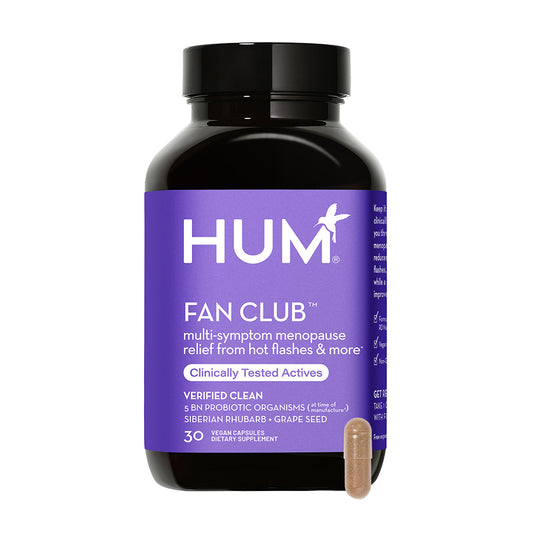
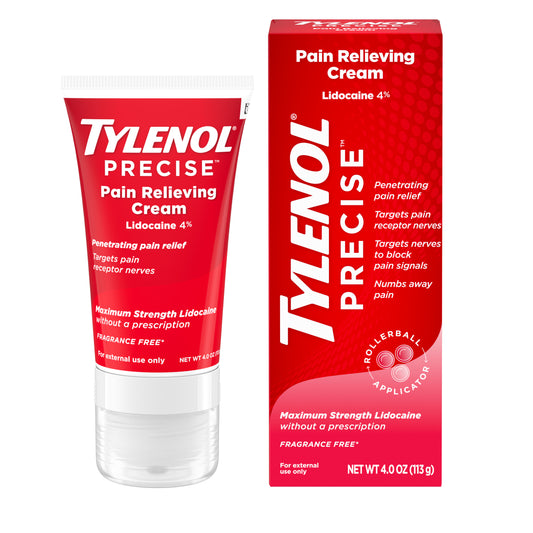
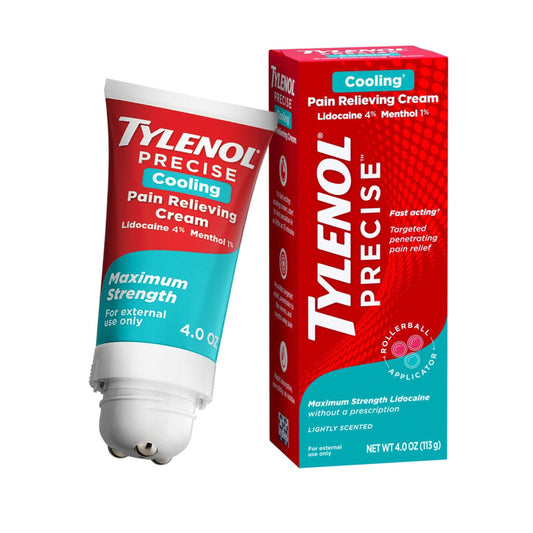
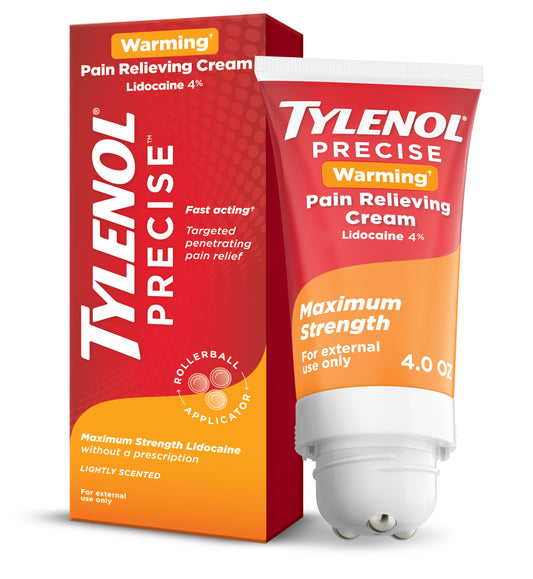
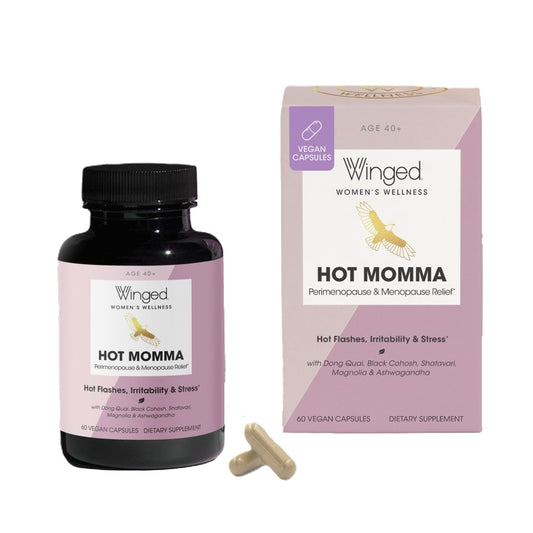
1 comment
i liked your post